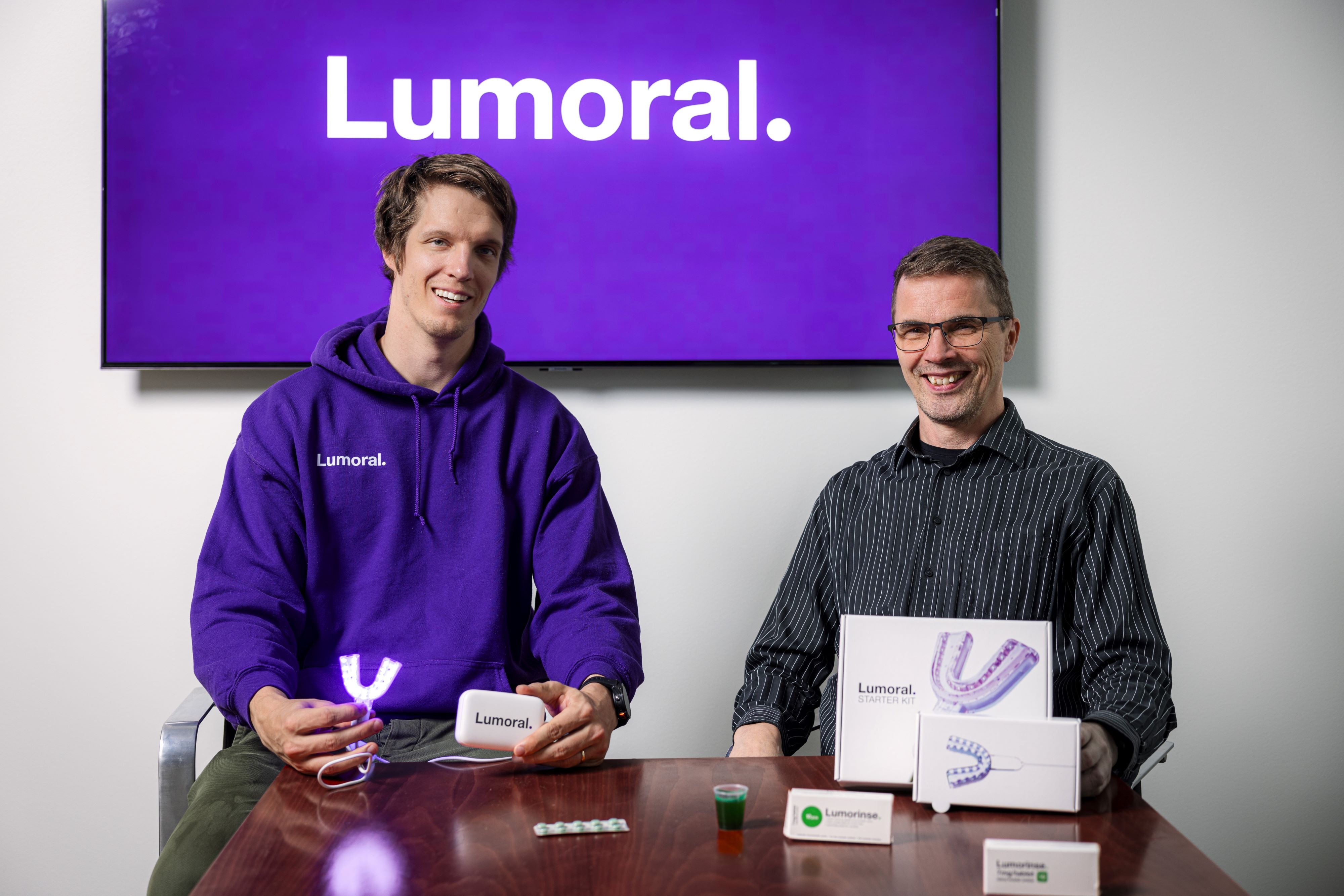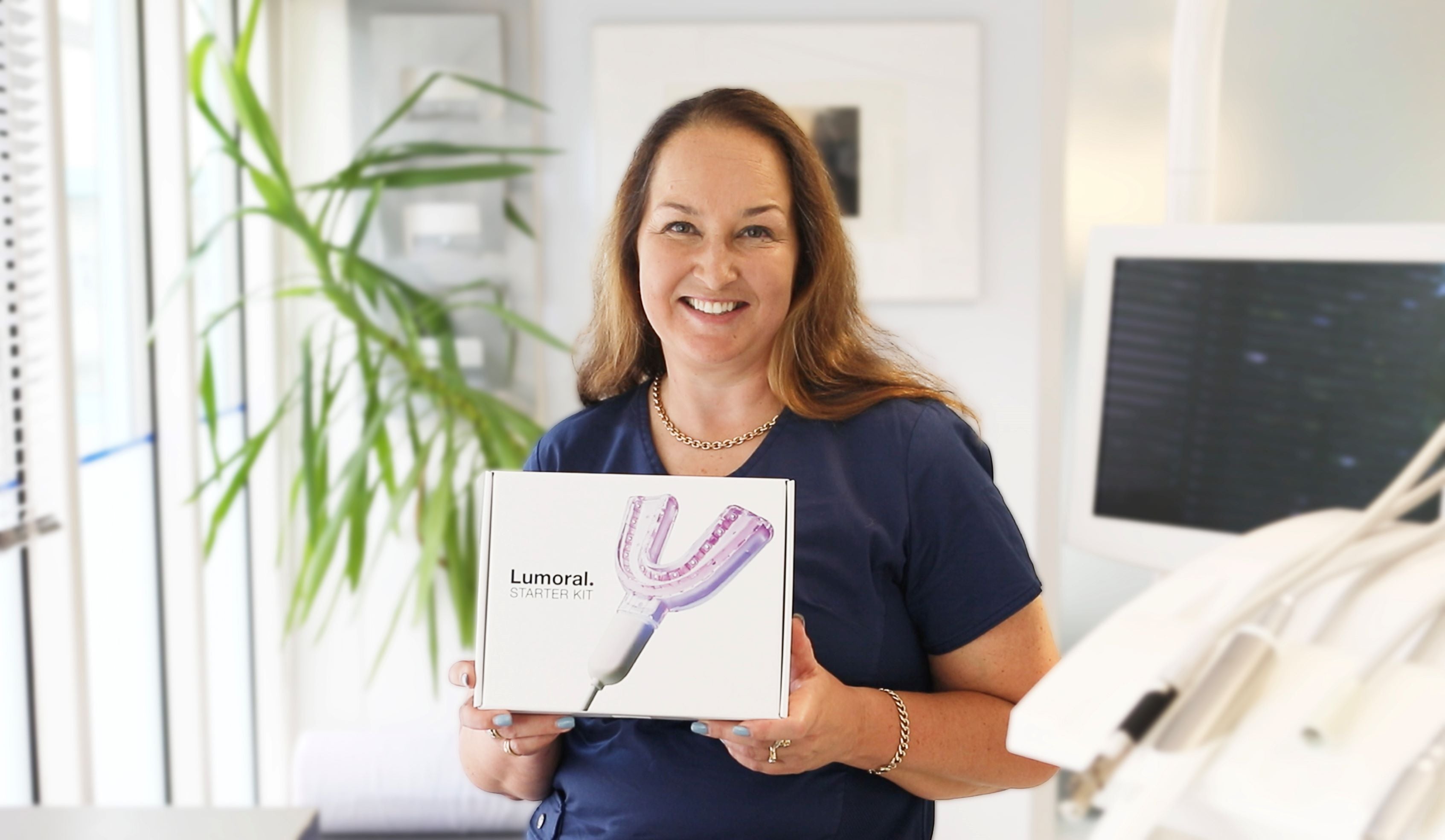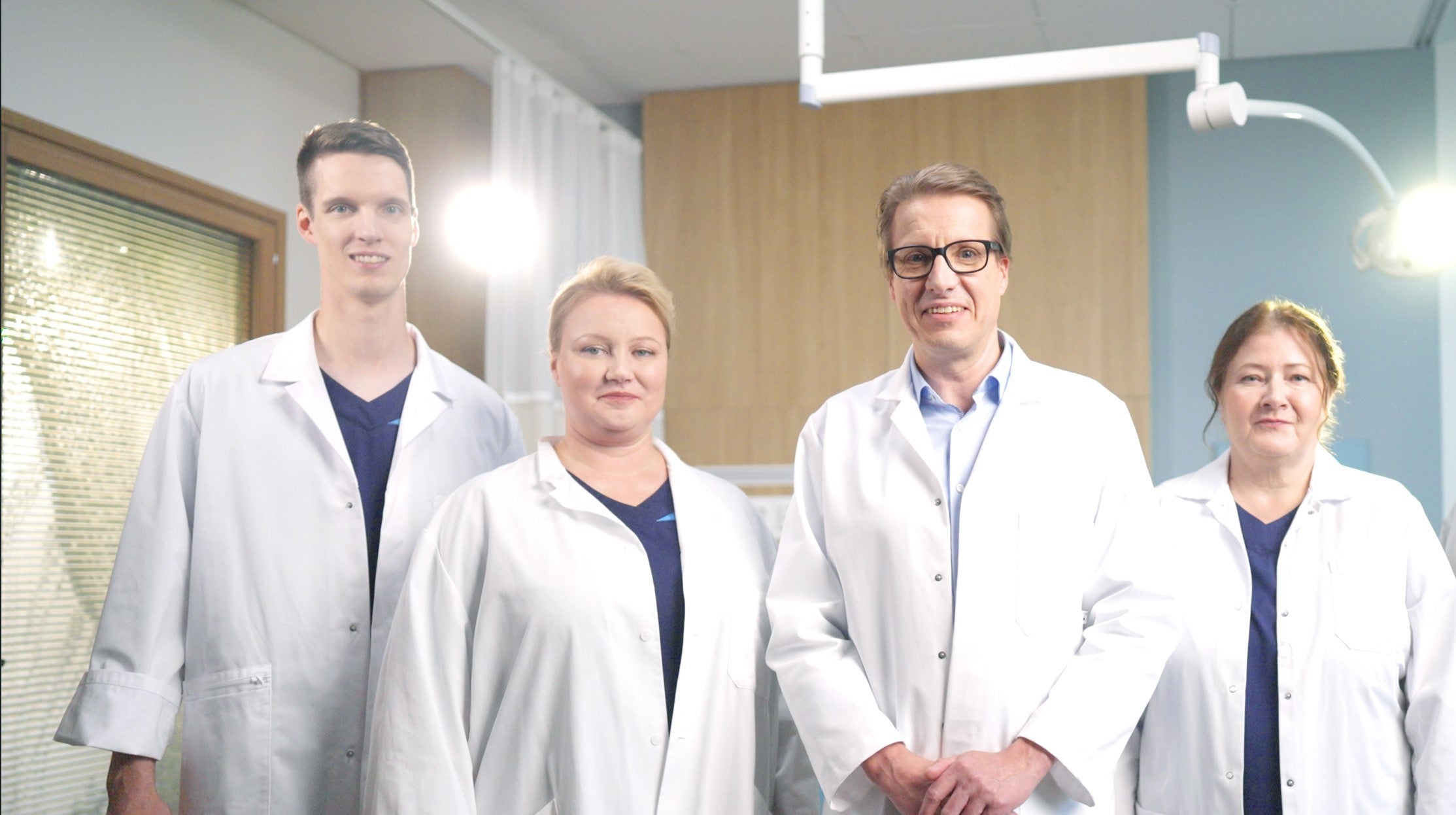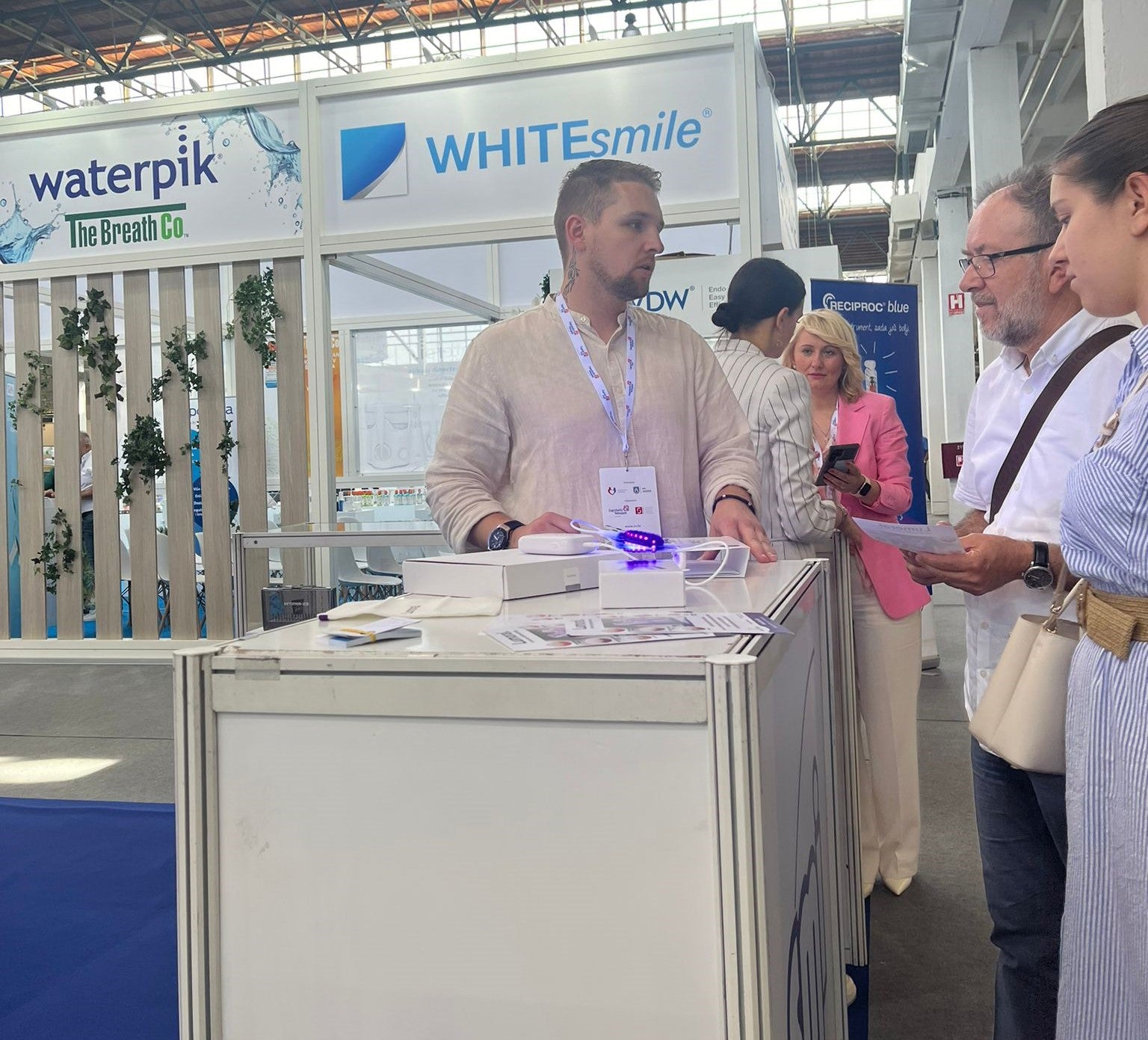- All posts
- 8 Media Venture
- althetics
- aMMP8
- Annimari Korte
- Antibiotic resistance
- Apotek Härtat
- Aqua Dental
- athlete
- Award
- Baltics
- Bonnier
- Bonnier News
- Brain health
- Business
- Cancer
- cardiovascular disease
- caries
- Chemo therapy
- children
- collaboration agreement
- Croatia
- Denmark
- Denta
- Dental erosion
- Dentex
- diabetes
- Dual Light
- Duodecim
- EFP
- EFR
- Estonia
- EuroPerio
- event
- Expodental
- FIBO
- fund raising
- general health
- Gingivitis
- Gum disease
- HAP
- HealthHub Pharma
- HIDES
- Hospital infections
- hospital-acquired pneumonia
- IBD
- Iceland
- IDS COLOGNE
- implantology
- invest
- investment
- italy
- Koite Health
- Latvia
- Lithuania
- lumoral
- Lumoral App
- Lumoral Junior
- Maritime industry
- Media
- MegaGen
- Movie
- News
- Nordic markets
- Nordics
- O
- Olympics
- Oral health
- Oral hygiene
- Oral mucositis
- Patent
- PDT
- peri-implantitis
- Perio Master Clinic
- Periodontitis
- periodontology
- Photodynamic therapy
- Press
- Ranking
- Romania
- Scandinavian Society of Periodontology
- Science
- Seafarer
- Seedtable
- share issue
- Shareissue
- Siblings movie
- Spain
- spots
- Stroke
- Study
- sweden
- Tartar
- techtour
- Thailand
- UK
- United States
- Valentine's Day
- WHO
- World Cancer Day
- World Health Day
- World Heart Day
- world oral health day
- World Smile Day

"Using Lumoral brings relief to my gum pain"
67-year-old Ilpo Lommi, a retired but still actively writing Finnish freelance journalist, has always been mindful of his health. Despite an active and healthy lifestyle, he has long struggled with...

New advances in periodontitis treatment: Lumoral study makes progress in Lithuania
A promising study is underway in Lithuania to investigate the effectiveness of Lumoral Treatment medical device in treating more severe stages of periodontitis. The study "Regular home-use of dua...

Dental Clinic Albin: Innovative Oral Healthcare in Partnership with Lumoral
Satu and Kai Aalto started working at Albin Dental Clinic in Helsinki in 2003. Both graduated from the University of Helsinki in the 1990s, and before Albin they worked in England and studied laser...

Is your oral microbial balance at risk? Here’s how common factors disrupt your oral health
Oral health is influenced by many factors, with the balance of microbes in the mouth being central. This delicate coexistence of bacteria and microorganisms is vital for the health of teeth and gum...

Lumoral: New Advances in the Scientific Research of Antibacterial Lumoral Treatment
The Finnish oral health innovation, Lumoral, has sparked significant interest in the academic community, with several new studies launching in recent months. Mikko Kylmänen, Research Manager at Koi...

Lumoral Showcased by Med-Faktor at Dentex 2024 Fair
The International Dental Medicine Fair, commonly known as Dentex, once again brought the dental industry to the forefront from June 6-8, 2024. Organized by Zagreb Fair and the Croatian Chamber of D...